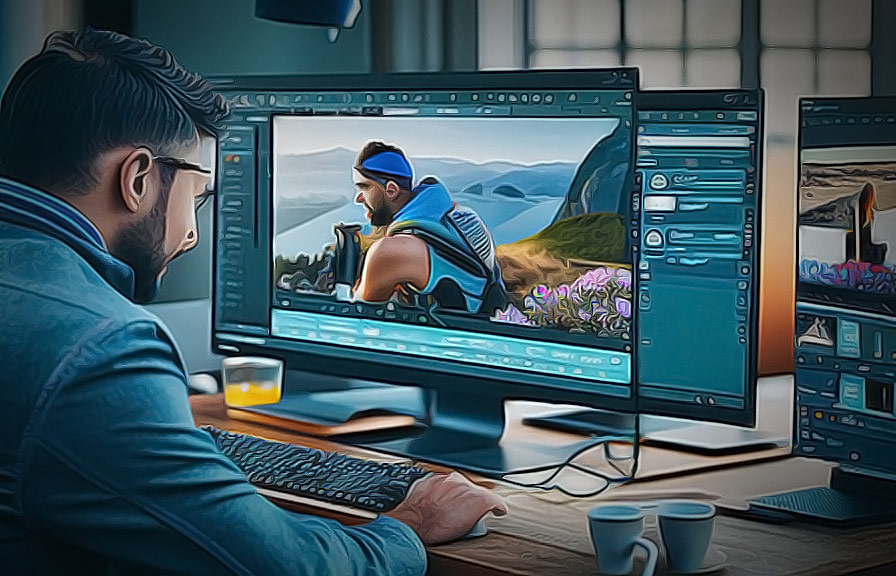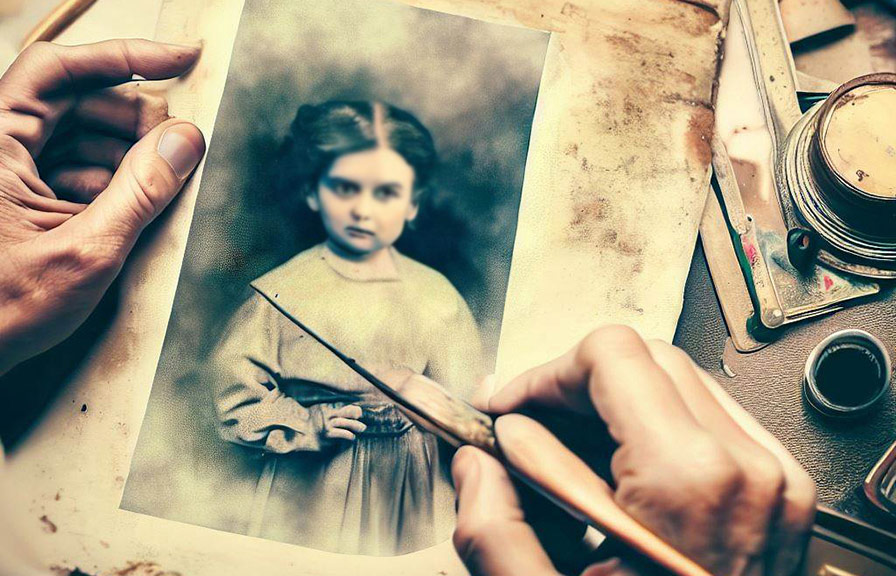Did you know that body photo editing dates back to the early days of photography? yes, that's right! long before the advent of digital tools like photoshop, photographers manipulated photos to alter the appearance of their subjects.
Let's dive into the fascinating history of body photo editing and explore how it has shaped our perceptions of beauty.

A brief overview of body photo editing
Body photo editing has always been about achieving an idealized body shape. in the early days, this involved manually retouching photos using paints, pencils, and airbrushes. with time, the process evolved as technology advanced, giving us powerful tools like photoshop to transform body images digitally.
Today, photo body slimming apps and filters are readily available on smartphones, making it easier than ever to alter our appearance in the quest for the perfect body. let's now delve deeper into the history of body photo editing and its impact on beauty standards.
Pioneers in photo manipulation
Believe it or not, one of the earliest known instances of photo manipulation dates back to the 1860s! it involved a composite image of abraham lincoln's head on a different body. this historical tidbit highlights that body photo editing has been around for much longer than most people think.
In the early 20th century, the art of photo retouching became more prevalent with the rise of the fashion and advertising industries. photographers like edward steichen and george hurrell played a crucial role in developing techniques to edit and enhance their subjects' body shapes, often to create a more glamorous
And appealing image.
The photoshop era
Fast forward to the late 20th century, and we see the birth of photoshop in 1988. with its powerful body editing capabilities, photoshop became a game-changer in the world of photography and visual arts. photoshop body editing allowed artists to manipulate images more precisely and efficiently, resulting in a new
Era of digitally enhanced beauty.
From slimming waists to smoothing skin, the possibilities were endless, and soon enough, the media began presenting highly edited images of models and celebrities as the new standard of beauty.
The impact on beauty standards
The widespread use of body photo editing in the media has undoubtedly influenced our perceptions of beauty. over time, these digitally altered images have contributed to the rise of unrealistic beauty standards, leading to a constant pressure for individuals to conform to these ideals.
A fun fact to consider: the average fashion model today is 5'10" and weighs 110 pounds, while the average american woman is 5'4" and weighs 144 pounds. this striking difference highlights the extent to which beauty standards have been distorted by the pervasive use of body photo editing.
The dangers of unrealistic standards
The constant exposure to edited images and the pressure to achieve the "perfect" body shape can have severe consequences on mental and physical health. research indicates that unrealistic beauty standards contribute to the development of negative body image, low self-esteem, and eating disorders.
Moreover, the easy access to photo body slimming apps and filters can lead to a phenomenon called "snapchat dysmorphia." this term, coined by researchers, refers to the growing number of people seeking cosmetic procedures to resemble their filtered selfies.
Pushing for authenticity
As the dangers of unrealistic beauty standards become more apparent, there is a growing movement towards promoting authenticity and body positivity. many individuals, celebrities, and organizations are advocating for the use of unedited images in the media, encouraging self-love and acceptance of our natural bodies.
In response, some brands and magazines have pledged to reduce or eliminate the use of body photo editing in their campaigns and publications. this shift towards authenticity signals a positive change in society's approach to beauty and body image.
Conclusion
The history of body photo editing is a fascinating journey that reveals the ever-evolving nature of beauty standards. from its early beginnings in the 19th century to the digital revolution brought by photoshop, body photo editing has played a significant role in shaping our perceptions of beauty.
As we become more aware of the dangers associated with unrealistic beauty standards, it is essential to push for authenticity and celebrate our unique, natural body shapes. by embracing body positivity and rejecting the pressure to conform to edited ideals, we can foster a healthier and more inclusive view of
Beauty.
